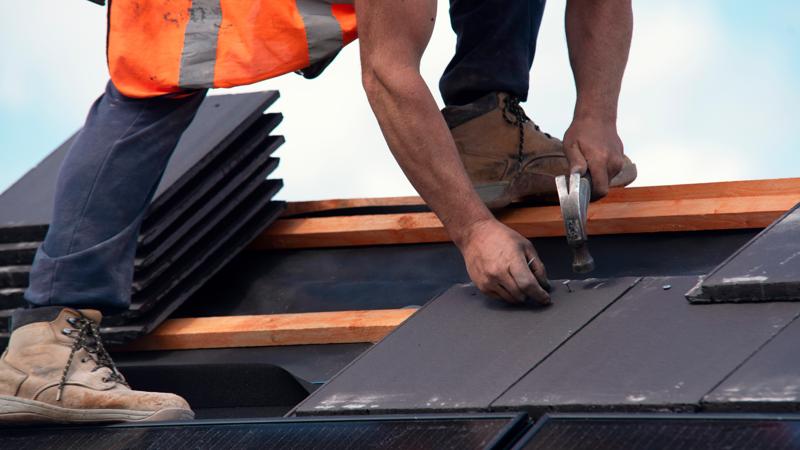"Steel supply 2030"
 "\n\n""
"\n\n""Gazing into the crystal ball of the steel industry, the year 2030 is not as far off as it seems. Rapid advancements in technology, environmental concerns, and changing market dynamics are stirring up substantial transformations in the sector. In this article, we will explore the anticipated scenario of the steel supply in 2030, pinpointing the opportunities, challenges, and innovative strategies that will shape the future of this critical global industry.
The Future is Green: Sustainability in Steel Production
The pressure on industries to become more environmentally friendly isn't a trend, but a requirement. The steel industry, being one of the world\u2019s largest carbon dioxide emitters, is no exception. By 2030, sustainability is anticipated to be inextricably linked to steel production. Governments and policymakers worldwide are setting stringent emission standards and incentivizing the development of greener technologies to meet them.
It\u2019s anticipated that by 2030, a significant portion of steel will be produced using hydrogen-based Direct Reduced Iron (DRI) technology, significantly reducing CO2 emissions. Breakthroughs such as the Swedish project HYBRIT are already illustrating how fossil fuel in steelmaking can be replaced by hydrogen.
This green transformation in the steel industry might also bring about an increase in global steel recyclability, encouraging the principle of a circular economy. With these measures, the steel industry can significantly contribute to global goals of reducing greenhouse gas emissions.
Disruptive Innovations: Digital Transformation and Automation
Digital technology and automation are altering every industry, and by 2030, the steel industry will be no exception. Innovations such as Artificial Intelligence (AI), Machine Learning (ML), and Internet of Things (IoT) promise a two-fold benefit: improved efficiency and enhanced safety.
AI-powered predictive maintenance, for instance, can foresee potential equipment failures, reducing downtime and maintaining continuity of operations. Advanced robotics can undertake hazardous tasks, protecting workers from potential injuries.
Increased data analytics abilities will provide more insight into operations, improving monitoring of supply chain performance and enabling better decision-making. By 2030, it is very likely that steel supply and manufacturing processes will be more efficient and safer through the pervasive use of these technologies.
Urbanizing World: Rising Demand for Steel
Against the backdrop of a rapidly urbanizing world, the demand for steel, a critical material in infrastructure and construction, is projected to surge in the next decade.
The rising middle class, especially in developing nations, leads to immense demand for new housing and infrastructure, consequently increasing the demand for steel. Moreover, as developed nations opt for infrastructure renovations, steel will continue to be a material of choice.
While the rising demand presents lucrative business opportunities, it also poses challenges for supply to keep pace without compromising quality.
Trade Politics: Shifting Global Markets
Just as technology and the environment are predicted to affect steel supply, political factors, both domestic and international, may also induce significant changes. From anti-dumping duties to Brexit's impact on the European steel industry, the next decade will undoubtedly be influenced by politics and policy.
In the face of trade wars and national security considerations, countries may focus on reducing dependence on imported steel. This market shift could lead to increased investment in domestic steel industries, fostering local economic development.
Meeting Challenges Head-On
To meet the industry challenges by 2030, the steel manufacturers will need to be agile and flexible. The two strategic approaches of diversification and innovation will be crucial.
Manufacturers may diversify through vertical and horizontal integration. Vertical integration protects manufacturers from volatility in supply and price changes of raw materials. Horizontal integration, on the other hand, enables them to offer a wide range of products. By diversifying strategically, manufacturers can better accommodate shifts in market demand.
Innovation is another critical factor for the steel industry to survive and thrive. By adopting advanced technologies and pioneering sustainable production processes, they can maintain a competitive edge.
Companies' ability to attract and retain skilled workers will also be paramount. The advent of digital technologies will change the skill sets necessary, necessitating organizations to invest in employee development and training.
Conclusion
Steel's essence to human progress is not changing anytime soon. However, the ways in which it is produced, traded, and used are undergoing significant adjustments. By 2030, the steel supply landscape will reflect the culmination of these changes, spearheaded by factors such as sustainability concerns, digital technologies, and trade politics.
The challenges are plenty, but with strategic planning, flexible business models, and technological integration, companies can navigate their way towards a profitable and sustainable future. As we prepare for 2030, let\u2019s look ahead with a vision of innovating for a greener, safe, and agile steel industry.
\n\n""" ""










